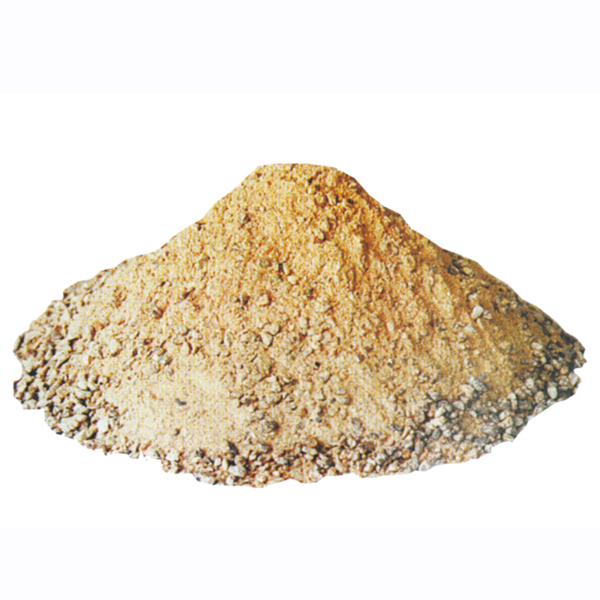Contact: Lin Manager
Mobile phone: 182-4265-7979
Landline (fax): 0417-5845558
Website: www..csnh10.com
en.csnh10.com
Address: Nanlou Economic Development Zone, Yingkou City, Liaoning Province
Magnesia chrome bricks are MgO-Cr2O3 refractory products made of high-purity magnesia and chromium concentrates with low impurity content, which are ground and fired at high temperature (above 1700℃). Due to the high direct combination rate of high-temperature mineral phase, it has Strong slag resistance, high temperature strength and excellent thermal shock resistance; combined with magnesia chrome bricks are MgO-Cr2O3 refractory products made of fused magnesia chrome sand as raw materials, high-pressure forming and high-temperature firing at 1800℃. Due to the higher direct bonding rate, low apparent porosity and high volume density, the high temperature strength and slag corrosion resistance of combined magnesia-chrome bricks are higher than that of directly combined magnesia-chrome bricks. However, the thermal shock resistance of combined magnesia chrome bricks is poor. The main characteristics of MgO-Cr2O3 refractory damage at the slag line of refined steel tanks are: chemical erosion of slag, structural spalling caused by slag penetration, and erosion of high-temperature molten steel slag. MgO-Cr2O3 refractory material has certain corrosion resistance to CaO-SiO2 slag with low CaO/SiO2 ratio (less than 2), but for CaO-SiO2 slag with high CaO/SiO2 ratio at high temperature, especially containing When Fe2O3 is high, the eutectic temperature drops rapidly, and the corrosion resistance is very poor. Electric furnace magnesia carbon brick
Improve the durability (thermal shock resistance, slag resistance and erosion resistance) of MgO-Cr2O3 bricks used in the slag line of refined steel tanks, which are all related to the properties of the secondary spinel in the brick (generation, size and distribution) Most researchers at home and abroad have confirmed that the formation of secondary spinel in bricks is related to brick-making raw materials, additives and brick-making process:

The Italian OfficineMeccanichediPon-zanoVenettO company has developed a method of recycling used refractory materials, which is mainly used to recover refractory materials in various kilns, tundishes, ingot molds and ladle linings, and directly inject the recycled refractory materials Enter the furnace to protect the furnace wall.
The United States used to recycle a small amount of discarded refractory materials, and almost all of the rest was buried. In 1998, the U.S. Department of Energy, the Department of Industry and Technology and steel producers jointly formulated a three-year plan to extend the service life of refractory materials and recycle waste refractory materials. The government supports the cooperation of enterprises and research institutions to strengthen the research on refractory materials after use. The applicable range is desulfurization agent, slag modifier (slag forming agent), slag splashing furnace additive, raw material of calcium aluminate cement, refractory Concrete aggregates, paving materials, ceramic raw materials, glass industry raw materials, granular materials for roof construction, abrasives, soil modifiers, refractory plants cooperate with users to minimize the amount of waste refractory materials. The United States has also conducted research on the use of dolomite bricks as a soil conditioner and slagging agent, and has achieved good results.
The earliest research work on waste refractories in India can be traced back to 1978. It was first carried out in the steel pipe company, using the waste high alumina bricks (60%-62% oxidation) produced by the heating furnace of the Indian Steel Pipe Company (now TISC0 Steel Pipe Branch). Aluminum) produces castable materials (56% alumina), plaster (50% alumina) and refractory plastics. The castable materials developed are often used in the production of burner bricks, dampers, tiles, etc., and can meet the internal requirements of the industry.
Chrome bricks have almost replaced magnesia bricks in the iron and steel smelting and non-ferrous metal smelting industries. Because of the continuous diffusion of chromium oxide (Cr2O3) contained therein, the magnesia chrome bricks can easily stick to the kiln skin. Therefore, in the past 30 years, it has been cement If the kiln firing zone uses refractory materials, the Cr2O3 in the magnesia chrome brick will react when it meets with water, and the trivalent chromium will become carcinogenic hexavalent chromium, which will cause water pollution and is facing a trend of gradually withdrawing from the cement industry market. Magnesia alumina bricks use magnesia and alumina as raw materials. Compared with magnesia bricks, their thermal shock stability and high temperature creep properties are better, and their use positions are almost the same as those of magnesia bricks.
Magnesium chrome bricks are mainly used in the metallurgical industry, such as building open hearth furnace tops, electric furnace tops, refining furnaces outside the furnace, and various non-ferrous metal smelting furnaces.
Contact: Manager Lin Electric Furnace Magnesia Carbon Brick
Mobile phone: 182-4265-7979
Website: www.csnh10.com
Address: Chenjia Village, Nanlou Economic Development Zone, Yingkou City, Liaoning Province

Scan to learn more